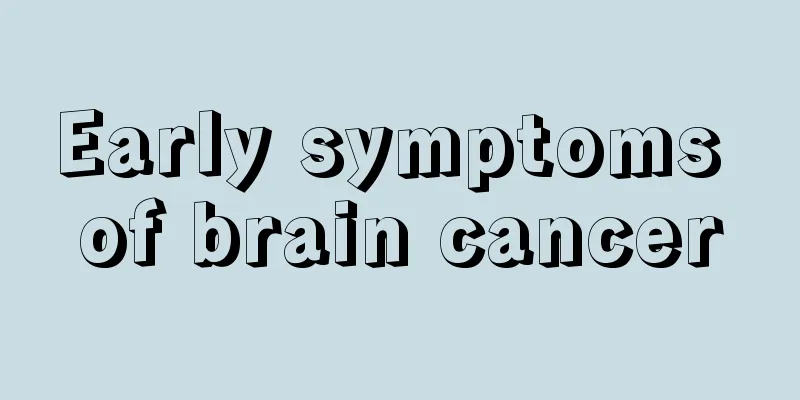What caused the sudden fall

|
Why do sudden falls occur? In fact, there are reasons for this. For example, common vasovagal syncope can easily cause fainting and falls. This disease often occurs in young people. Some patients with heart disease may also experience cardiac syncope and cause falls. 1. Vasovagal syncope. This is the most common type, which occurs more frequently in young people. There are often fixed triggers for the attacks, such as urination, coughing, pain, emotional tension, fear, hot weather, strenuous exercise, and fasting. Syncope sometimes occurs without any symptoms before the attack and the patient recovers quickly without any sequelae. Sometimes blood pressure and/or heart rate may slow down. This type of syncope can usually be cured by special exercises under the guidance of a doctor. A few people need to be treated with drugs or pacemakers. 2. Cardiac syncope. It refers to syncope caused by a sudden decrease or cessation of cardiac output due to heart disease, which is mostly caused by arrhythmia and organic heart disease. Common arrhythmias include sick sinus syndrome, atrioventricular block, bradycardia or arrest, and tachycardia arrhythmias such as ventricular fibrillation and ventricular tachycardia, which lead to reduced cardiac output and cause syncope. Organic heart diseases, such as acute myocardial infarction, cardiac myxoma, hypertrophic obstructive cardiomyopathy, congenital cyanotic heart disease, etc. can all cause syncope. Cardiogenic syncope is common in the elderly, lasts for a long time and is a serious condition. Elderly people with heart disease should communicate with cardiovascular specialists for treatment and use pacemakers and implantable cardioverter-defibrillators when necessary. 3. Cerebral syncope. It is caused by circulatory disorders in the brain blood vessels or the main blood vessels supplying blood to the brain, resulting in a temporary and widespread lack of blood supply to the brain. It is more common in the elderly, and common causes include transient cerebral ischemia, brainstem syncope, and large arteritis. Preventive measures include preventing cerebral arteriosclerosis, reducing cerebral vasospasm, taking medication regularly, and regular check-ups. 4. Orthostatic hypotensive syncope. It is more common in the elderly or those who are bedridden for a long time. Symptoms include blacking out and fainting after a sudden change in body position. Preventive measures are to stand up slowly or with support, and not to squat for a long time. |
<<: Why does the left side of my belly button hurt?
>>: What are the symptoms of hand dislocation
Recommend
Multiple B vitamin tablets
Vitamin is one of the essential elements for our ...
Is there a family genetic gene for esophageal cancer?
Is there a family genetic gene for esophageal can...
What are the symptoms of cardia cancer? Pay more attention to these symptoms
Cardiac cancer is a malignant tumor with a very h...
Do I need to be hospitalized for medical abortion
Medical abortion is a method of abortion performe...
Diarrhea after drinking coffee
Nowadays, many people like to drink coffee, espec...
How to check blood in stool
The stool of a normal person is generally light y...
What to do if my back hurts due to poor breathing
A stitch in the side is a very common phenomenon....
Exercise methods for bladder cancer patients
Exercise is an effective way to prevent and resis...
Glioma patients must be careful when eating these foods
As human beings develop, the environment is getti...
The benefits of drinking Panax notoginseng slices soaked in water
Panax notoginseng is widely used in life and has ...
How to treat ovarian tumors
If there is metastasis, radiotherapy and chemothe...
What are the effects of stewing chicken with yam?
Stewed yam with chicken is a home-cooked dish mad...
How much do you know about the effects and functions of Fritillaria cirrhosa?
Fritillaria cirrhosa is a very precious tradition...
Explain the main causes of ovarian cancer to female friends
As competition in the workplace becomes increasin...
What are the advantages and disadvantages of fasting water
Fasting actually means that the body does not tak...









